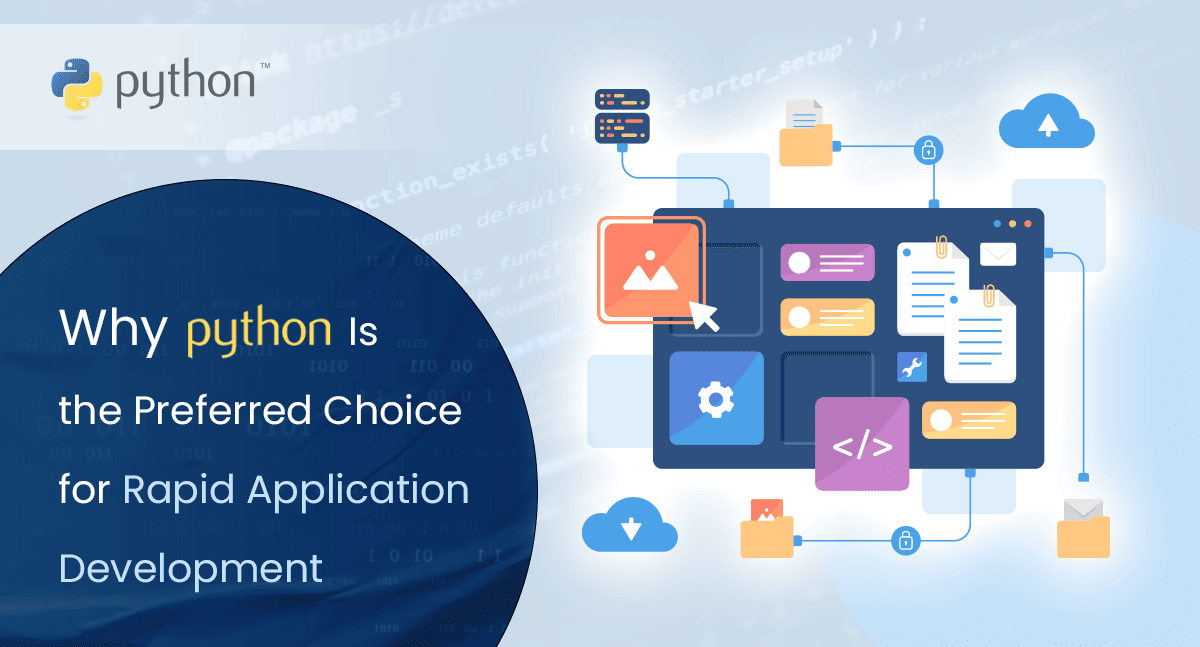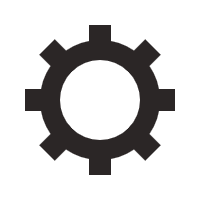Why Python Is the Preferred Choice for Rapid Application Development

Why Python Is the Preferred Choice for Rapid Application Development
In the fast-paced world of software development, the ability to swiftly bring innovative applications to life is crucial for success. Python has emerged as the ultimate choice for rapid application development, thanks to its elegant syntax, extensive libraries, and versatile capabilities. Developers across industries favor Python Development Service for accelerating their development cycles. Whether creating web applications with frameworks like Django and Flask, analyzing data using libraries like NumPy and pandas, or venturing into artificial intelligence with TensorFlow and PyTorch, Python's dominance remains unparalleled. As technology trends evolve, Python continues to empower businesses in efficiently crafting sophisticated applications—a testament to its enduring relevance as the preferred tool for agile and dynamic software creation.
Python's Versatility for Rapid Development
Python's appeal for rapid application development (RAD) stems from its remarkable versatility. As a high-level, interpreted language, Python empowers developers to express complex ideas in a more concise manner than languages such as Java or C++. This inherent conciseness and legible syntax facilitate swifter development cycles and diminish the likelihood of errors, positioning Python as an ideal choice for prototyping and rapid iterations.
Python’s flexibility empowers developers to tackle a diverse array of projects. Whether it's web development, data analysis, scientific computing, or artificial intelligence, Python is the go-to language. It boasts an extensive standard library and a thriving ecosystem of third-party packages that offer pre-built tools for seamless integration into applications. Leveraging these resources saves valuable time and effort during the development process.
Python's Web Development Frameworks
Python is renowned for its range of powerful frameworks that enable rapid web application development. Django and Flask exemplify this capability, as they have achieved considerable popularity by simplifying the web development process.
Django, a high-level framework, embraces the "batteries included" philosophy. It caters to developers by offering a comprehensive toolkit for constructing secure and scalable web applications. With its robust features encompassing authentication, ORM (Object-Relational Mapping), and templating, Django empowers developers to prioritize application logic rather than reinventing solutions from scratch.
Flask, however, follows a minimalist approach, offering the necessary tools for web application development while avoiding excessive restrictions. This flexibility enhances its suitability for small to medium-sized projects that prioritize quick development cycles.
Python for Data Analysis and Visualization
In the modern data-driven era, businesses face the imperative of swiftly extracting valuable insights from extensive datasets. Python's libraries—including NumPy, pandas, and Matplotlib—are specially designed for data analysis and visualization, making it the language of choice among data professionals.
Developers can seamlessly manipulate, analyze, and visualize data by combining these libraries. Jupyter notebooks enable them to create interactive and shareable documents that integrate code, visualizations, and explanatory text. This iterative approach not only speeds up the analysis process but also promotes collaboration among data teams.
Python's Contribution to Artificial Intelligence
Python's popularity has expanded into the realm of artificial intelligence and machine learning, where it thrives. Libraries such as TensorFlow and PyTorch have played a pivotal role in transforming AI application development. These libraries offer ready-made components for tasks like neural network construction and training, empowering developers to swiftly create sophisticated AI models.
The simplicity of Python syntax allows both novice and experienced developers to easily access it. This democratization of AI development facilitates businesses in quickly adopting AI technologies, giving them a competitive edge.
Evolving Trends and the Future of Python
Python's journey into the realm of rapid application development is more than just a passing fad; it represents a significant evolutionary leap. As microservices architecture gains traction, Python's adaptability truly shines. It effortlessly integrates with diverse services, empowering businesses to create intricate applications that harness the power of lightweight and specialized components.
In addition, Python benefits from its active community, which consistently updates the language and its libraries to provide developers with access to cutting-edge tools and technologies. Python's adaptability to emerging trends like serverless computing and containerization ensures its enduring relevance in rapid application development.
Conclusion
In the realm of swiftly delivering innovative applications, Python Development has established itself as the frontrunner. Its versatility, extensive libraries, and vibrant ecosystem make it the preferred choice for rapid application development across various domains. Whether it's web development, data analysis, AI, or any other field, Python's adaptability empowers developers to efficiently transform ideas into functional applications. As businesses navigate the constantly evolving technological landscape, Python stands as a steadfast ally in their pursuit of agility, competitiveness, and innovation.




